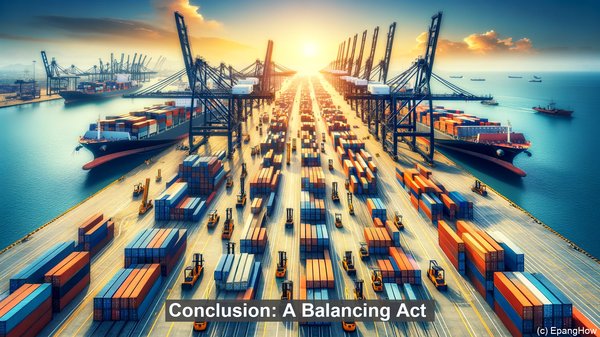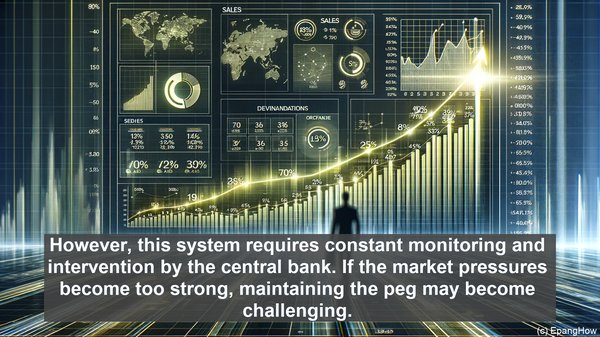Introduction: The Importance of Exchange Rates
Hello everyone! Welcome to today’s article where we’ll be delving into the intriguing world of exchange rates. These rates play a pivotal role in shaping the economic landscape, impacting everything from trade flows to investment decisions. Today, we’ll focus on two primary exchange rate systems: the flexible exchange rate system and the pegged exchange rate system. While both have their merits, they differ significantly in their functioning and implications. So, let’s dive in!
Flexible Exchange Rate System: Embracing Market Forces
The flexible exchange rate system, as the name suggests, allows currency values to be determined by market forces. Here, the exchange rate fluctuates freely, responding to supply and demand dynamics. Central banks typically have minimal intervention in this system, letting the market set the rates. This approach offers several advantages. Firstly, it enables automatic adjustments, ensuring that a country’s currency aligns with its economic fundamentals. For instance, if a nation’s exports become more competitive, its currency may depreciate, bolstering its trade prospects. Secondly, it can act as a shock absorber, helping cushion the impact of economic disturbances. However, this system isn’t without its challenges. Exchange rate volatility can create uncertainties, making planning difficult for businesses and investors. Moreover, it may also lead to speculative activities, further exacerbating fluctuations.
Pegged Exchange Rate System: Stability and Control
Contrasting the flexibility of the previous system, the pegged exchange rate system is characterized by a fixed rate. Here, a country’s currency is pegged to another currency, often a major one like the US dollar or the euro. The central bank actively intervenes in the foreign exchange market to maintain this fixed rate. This approach offers stability, reducing uncertainties for businesses and investors. It also fosters confidence in the currency, which can be crucial for attracting foreign investment. Additionally, it simplifies international trade, as businesses can rely on a predictable exchange rate. However, this system requires constant monitoring and intervention by the central bank. If the market pressures become too strong, maintaining the peg may become challenging. Moreover, if the pegged rate is misaligned with the economic fundamentals, it can create imbalances, potentially leading to economic crises.

Choosing the Right System: Context Matters
When it comes to selecting between these two systems, there’s no one-size-fits-all approach. The choice depends on various factors, including a country’s economic structure, its policy objectives, and even geopolitical considerations. For instance, a small, open economy heavily reliant on international trade may find a flexible exchange rate system more suitable, as it allows for quick adjustments to external shocks. On the other hand, a country with a stable economy and a focus on attracting foreign investment may opt for a pegged exchange rate system to provide the desired stability. It’s worth noting that some countries also adopt a hybrid approach, combining elements of both systems. This allows them to reap the benefits of flexibility while maintaining a certain level of stability. Ultimately, the decision should align with a country’s long-term economic goals.

